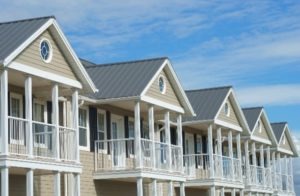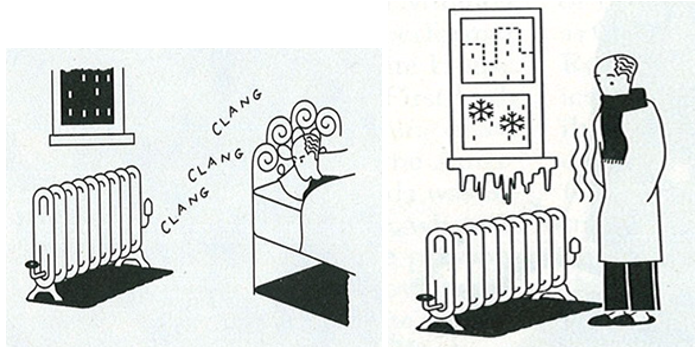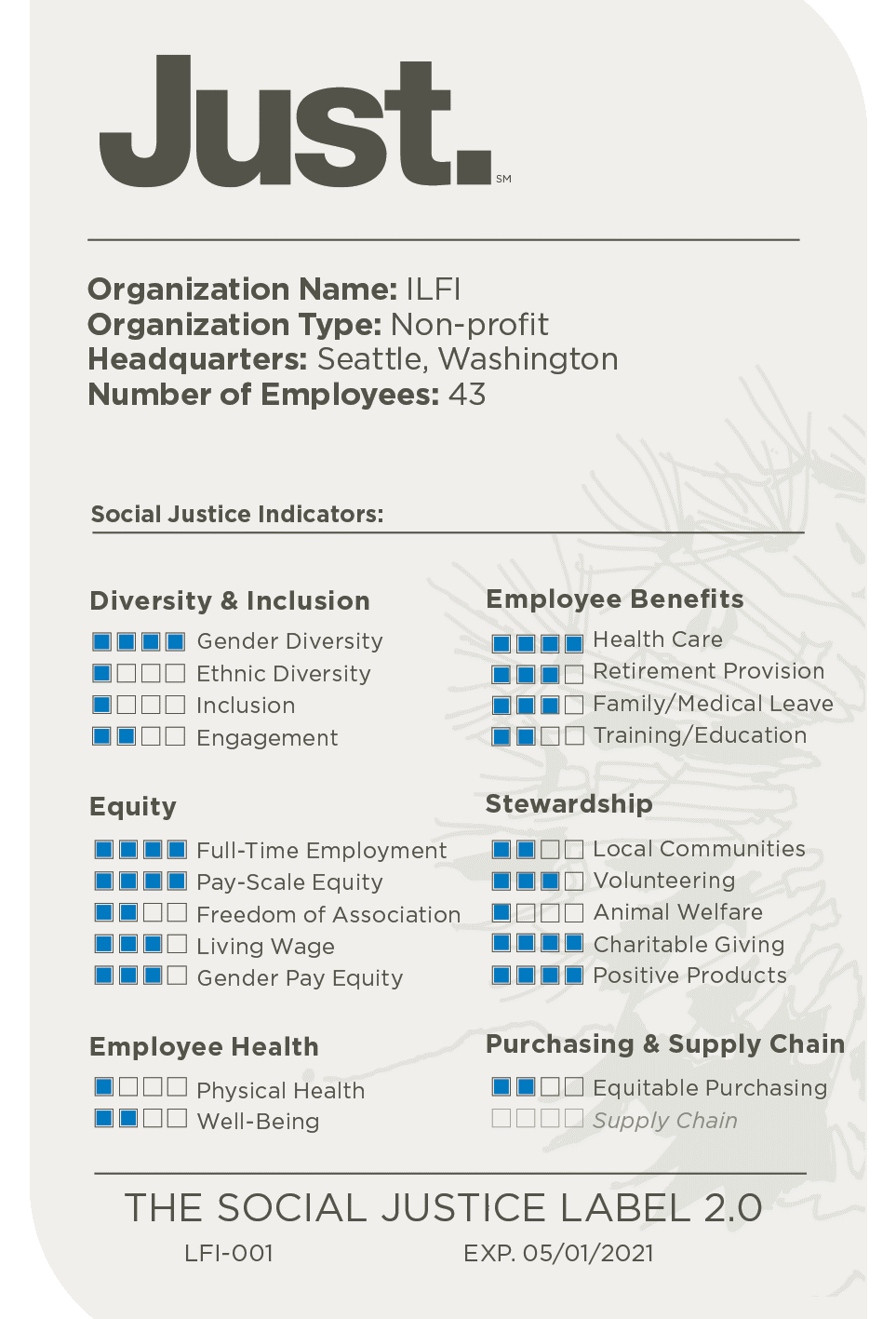The need for sustainably designed buildings and infrastructure is critical as extreme weather patterns and natural disasters resulting from climate change persist. One of the truest measures of sustainability in this case is resiliency. How the site, the building, and the systems respond to an extreme weather event or other consequences of climate change can determine its livability. For green building, resiliency can be passive or adaptive, meaning reactive to these types of events or proactive in surviving them.
The recent events in Texas highlight the need at a national level for building and infrastructure resiliency. Sudden freezing temperatures forced the grid to shut down and left millions of residents without power. The failure of uninsulated water pipes and lack of winterization throughout the energy supply could (and should) have been remediated decades ago. In fact, a commissioned report released after similar blackouts 22 years ago recommended the incorporation of resilient designs into the system by “installing heating elements around pipes and increasing the amount of reserve power available before storms”. Michael Webber, an energy professor at the University of Texas said: “We need better insulation and weatherization at facilities and in homes.. There’s weaknesses in the system we [still] haven’t dealt with.”[1] Now, politicians and leaders are calling for more of these passive solutions that may be too little too late on such a massive scale.



